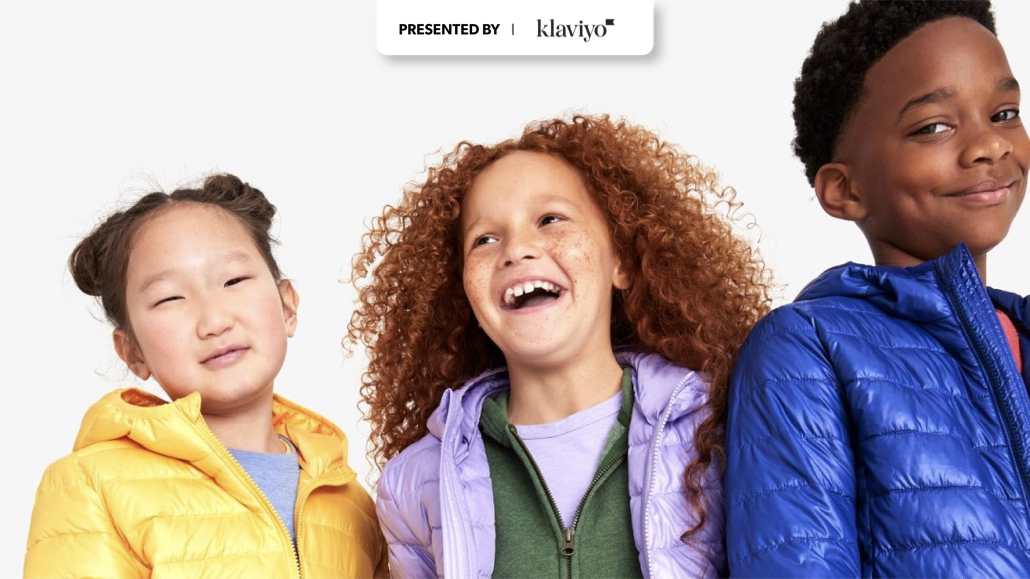Why free shipping for a year is “the gold standard” for Primary’s holiday promotional strategy

Direct-to-consumer children’s clothing brand Primary had another blockbuster Cyber 5, bolstered by its unique pitch to shoppers looking for a deal on kid’s clothes: spend $25 and receive free shipping on all other orders for the next year.
Primary, founded in 2015, started the offer as a single-day campaign on Cyber Monday in 2019. Co-founder and co-CEO Christina Carbonell said the goal was to create a deal that felt different than the deep discounts traditionally offered by competitors. “We were trying to find a way to break through all that. At first, it sounded really extreme; ‘Free shipping for a whole year? It’s going to be so expensive,’” she said. “Then we stopped and thought about it a lot and we realized it made so much to do, or at least try.”
Five years later, the offer is a popular annual event. Shoppers remind each other of the deal in Facebook buy-sell-trade groups, and about 75% of those who take advantage are repeat customers. Since 2020, Primary has extended the campaign by running it for the entirety of Cyber 5. Anticipating strong performance, the brand was able to reduce its overall discounting compared to last year.
The stretch saw at least three times the revenue compared to earlier in the month, Carbonell said, and November was once again its highest sales month.
In 2018, Primary reportedly brought in $30 million in revenue, and went on to raise $20 million the following year, having gained a foothold in the children’s clothing space by offering colorful and gender-neutral designs.
“There’s so much value in “free shipping with no minimum,” Carbonell said. “You can buy a single item. Today, our free shipment minimum is otherwise $75 so it’s very valuable to customers.”
The promotion speaks to the desire for value from Primary’s customers, as well as the distaste that many customers have for paying shipping. At least 47% of consumers said they would meet minimum payment to qualify for free shipping, according to a recent survey from Shippo, while 42% say they would join a membership or loyalty program to get free shipping.
Gartner research ahead of the holiday season show that free shipping is a top driver in a purchasing decision for 45% of shoppers, ahead of values, deals, selection or reviews. Kassi Socha, director analyst with Gartner, said research also shows free shipping is the most appealing promotion for 53% of Gen Z consumers and 43% of Millennials.
“Psychologically, we’ve gotten comfortable with the amount that we’re going to spend when we go to checkout,” she said. “At that time, if consumers see an additional fee added outside of the typical tax range and it happens to be shipping, suddenly, we’re no longer comfortable with the amount that we’re checking out with, which makes us stop and reconsider our purchases before we proceed.”
This expectation of free shipping can be largely traced back to Amazon, which launched Prime in 2005 as a $79 annual membership to get unlimited two-day shipping. Amazon has also set thresholds for non-Prime members, requiring a $25 spend, though Amazon experimented with upping that threshold to $35 earlier this year. Elsewhere in the industry, retailers offer a mix of strategies beyond cart thresholds. Lululemon and Fenty Beauty are two that offer free shipping for all U.S. orders regardless of size. Others, like Best Buy and Columbia Sportswear, require people to sign up for free membership programs, before covering shipping.
At Primary, co-founder and co-CEO Galyn Bernard said the free shipping promotion is “the gold standard” for the brand. Part of Primary’s strategy is to offer simple clothing that can be purchased across a range of ages and seasons without playing into any trends, like organic cotton pajamas or puffer coats. The reliability helps ensure that parents return to re-buy a favorite item at the next growth spurt.
“We want kids’ clothes to be simplified for parents, from the clothing itself to the experience, and (the free shipping) is a piece of that,” Bernard said.
From the shopper perspective, the promotion quickly pays off. Typically, someone would have to spend at least $75 to waive the standard shipping fee of $8.50. But by purchasing $25 worth of products at the outset, the initial purchase pays for itself within three other orders.
Alex Soncini, co-founder of e-commerce platform Vtex, said brands should think about offering free shipping as part of their pricing strategy, knowing that it can be a powerful marketing message. In one A/B test, a Vtex client offered a product for $90 with $10 shipping, or for $100 with free shipping. More customers wound up buying the item at the more expensive price.
“Instead putting $100,000 in Google Ad Words, you’re going to put in $90,000 but do free shipping, because you know with free shipping the ROI is going to be higher,” he said.
At Primary, Carbonell said customers who are enrolled in the free shipping promotion may place smaller orders than non-enrolled customers, as they no longer have to stack their cart to hit the free shipping minimum. But that gap gets made up for in frequency, with customers tending to place more orders throughout the year than those who didn’t qualify.
“In the short term, it costs nothing,” she said. “To the extent there is a cost over time where we pay the cost of shipping when the customer would otherwise pay a fee, the loyalty that we thought we would get more than offsets it.”

